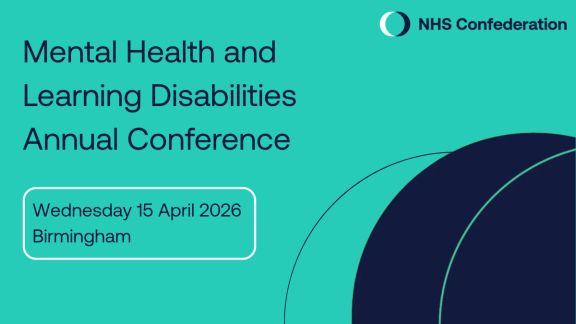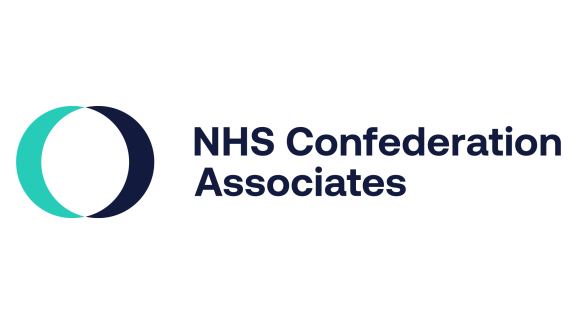'Frustrating' rise in waiting lists despite NHS managing record elective cases over the summer

- The total waiting list for procedures and appointments increased to 7.41 million in August, the third consecutive rise despite the NHS managing record elective cases and industrial action over the summer months;
- There were 2.31 million attendances at A&Es across England in September, making it the busiest September on record following record attendances in June, July and August as well;
- There were 535,609 emergency admissions in September, another record for the month;
- Some 75.0% of patients were admitted, transferred or discharged from A&E departments within four hours in September, down on the 75.9% in August;
- There were 2.31 million attendances at A&Es across England in September, making it the busiest September on record following record attendances in June, July and August as well;
- There were 535,609 emergency admissions in September, another record for the month;
- Category 2 ambulance average response time for September was 30 minutes and 46 seconds, worse than the 27 minutes and 03 seconds recorded in August;
- For Category 1 ambulances, the average response time was 8 minutes and 1 second in September, compared to 7 minutes and 47 seconds in August.
Responding to the latest NHS performance statistics, Rory Deighton, acute and community care director at the NHS Confederation, said:
“NHS leaders and their teams are working incredibly hard to boost productivity, managing a record 4.6 million elective cases this summer. So it is deeply frustrating that waiting lists have gone up for the third month in a row. While the longest waits have fallen dramatically from peak levels, there are still nearly 200,000 people who have been waiting more than a year for treatment, underlining the scale of the challenge facing the NHS.
“This new data is yet more evidence that the NHS can’t just work harder to clear the backlog. That is why it is vital that we reform the way care is delivered as set out in the government's Ten-Year Health Plan, working towards reducing the long-term demand for care by keeping people healthier for longer and treating them closer to home.
“It is worrying to see A&E attendances nearly 7% higher than the same month last year, and ambulance response times remain well above constitutional standards as winter approaches. We are very concerned that further strikes could exacerbate what is already expected to be another very difficult winter – with spikes in viruses and walk outs likely to lead to appointments, tests and operations being delayed or cancelled – delaying vital patient care and further hampering efforts to boost productivity.”



